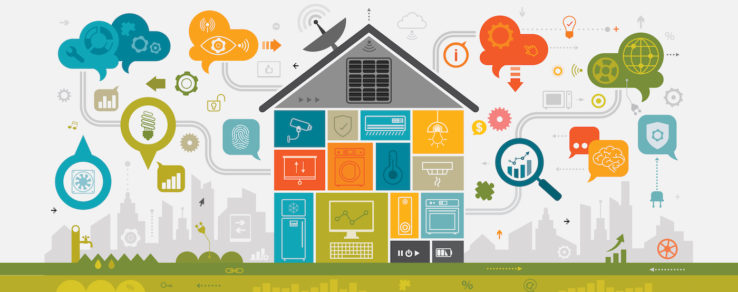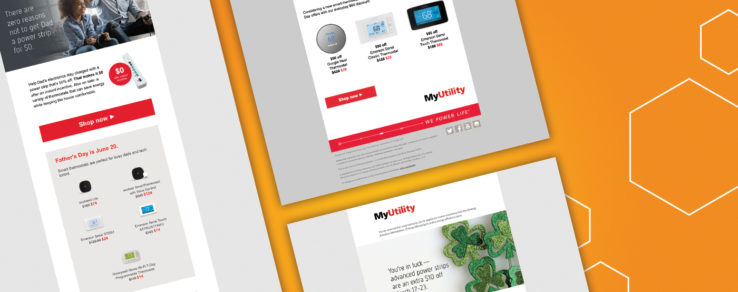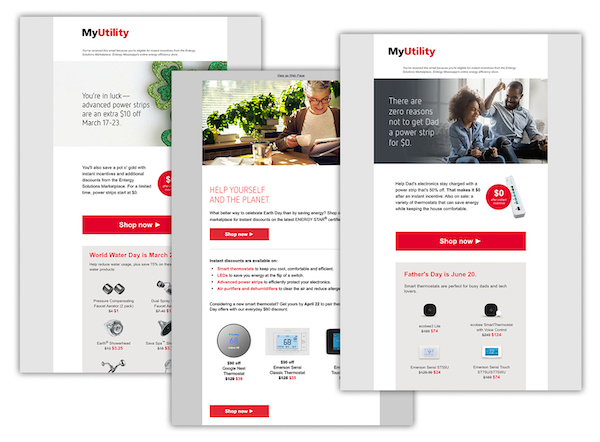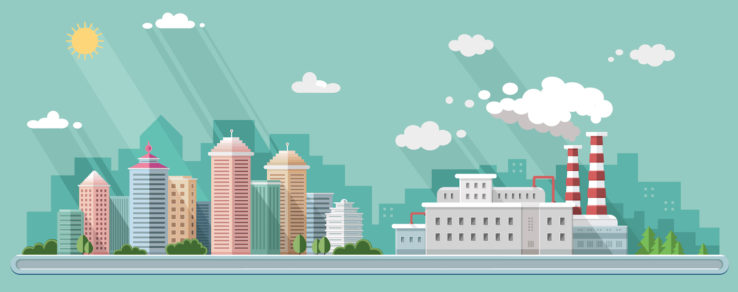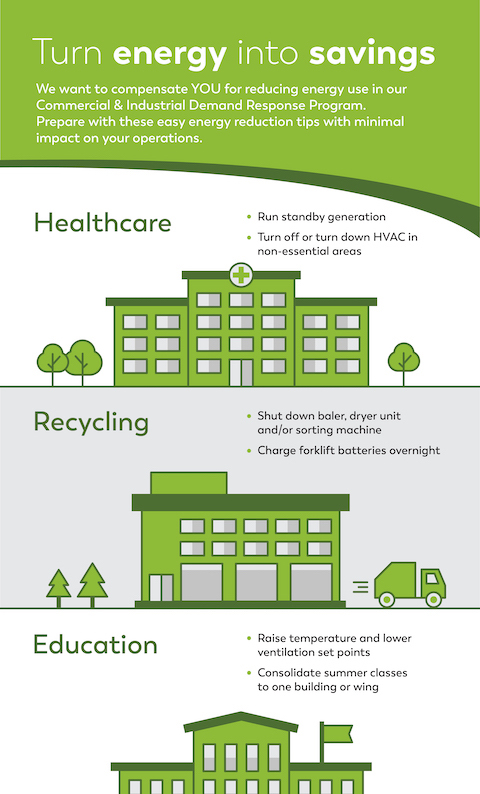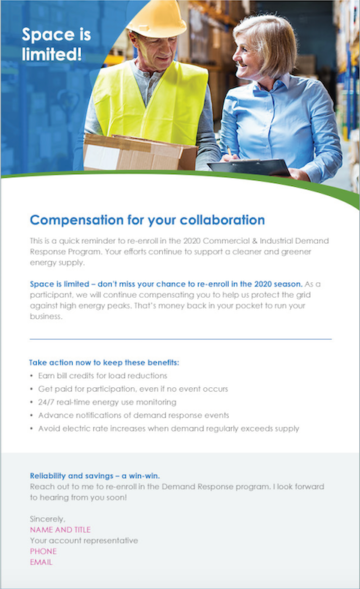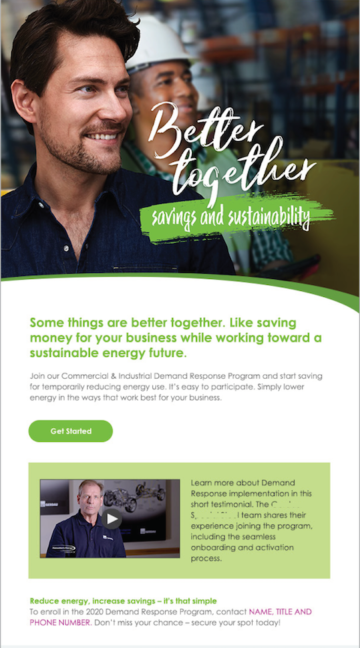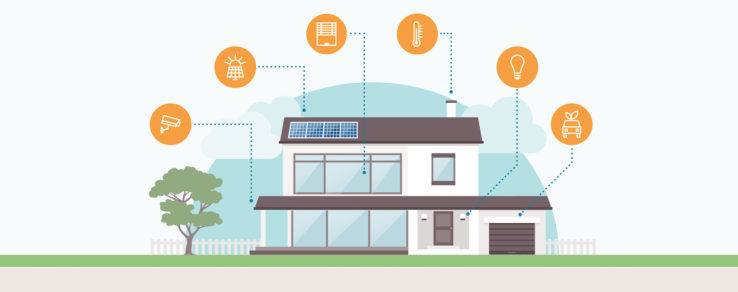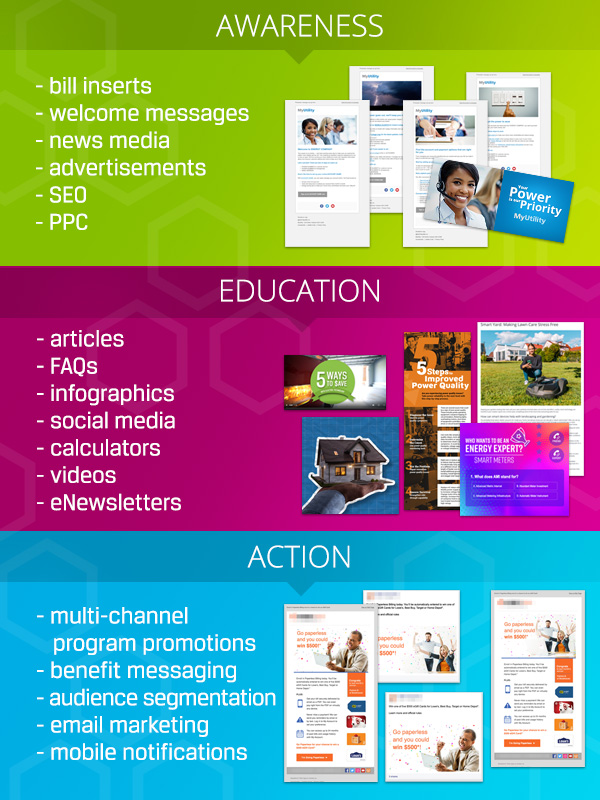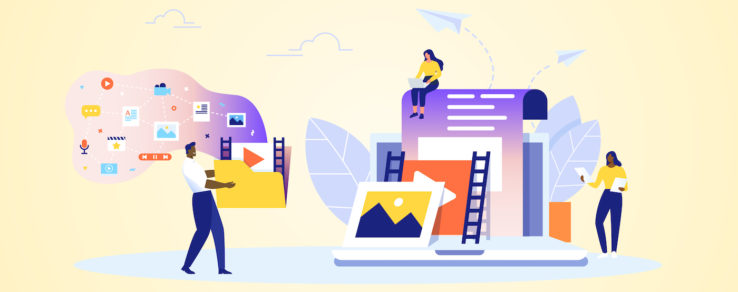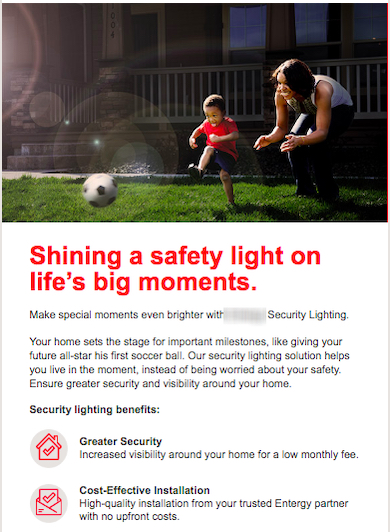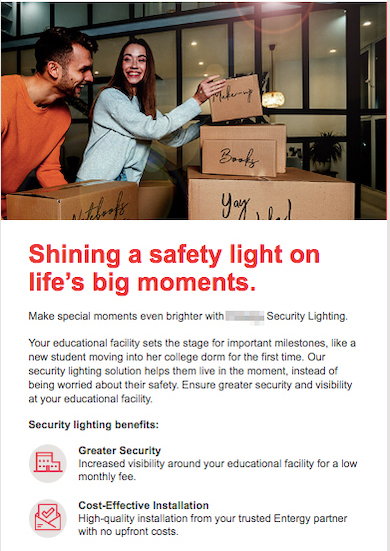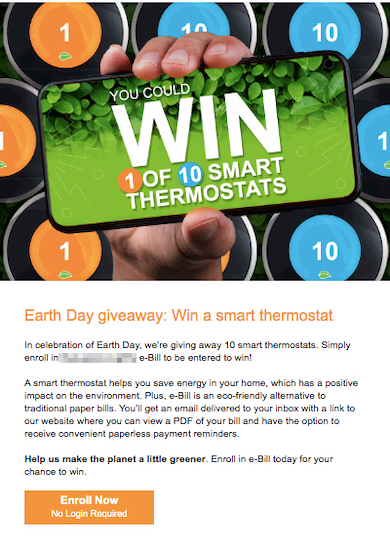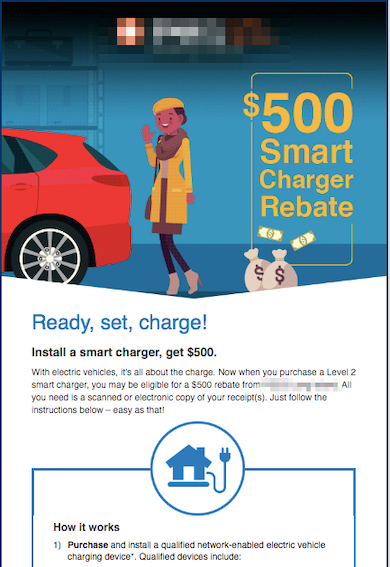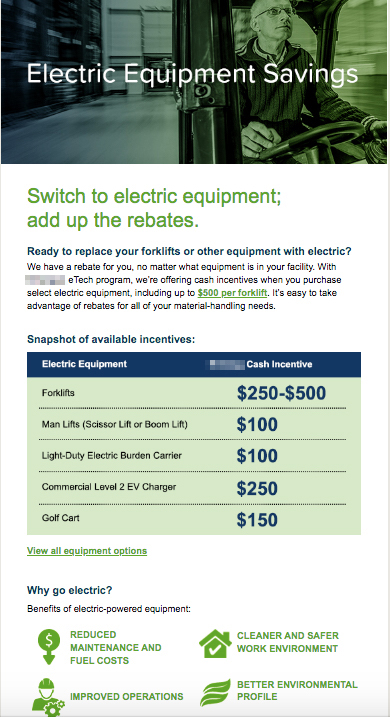For energy utilities, encouraging customers to adopt energy efficient lifestyles is an ongoing challenge. Both residential and business customers benefit from reducing energy, but it can be easier said than done to change long-standing behaviors. However, with the right strategies in place, utilities can make strides in their energy efficiency adoption goals.
In our latest webinar, “Energy Efficiency Adoption Solutions,” Colleen Bullett (Questline Digital), Laurel Gerdine (Franklin Energy) and Mary Medeiros McEnroe (Silicon Valley Power) discuss the importance of EE adoption and how to promote energy-saving solutions to your customers.
Bullett kicked off the webinar with a round of statistics, including: In 2019, the average annual electricity consumption for a U.S. residential utility customer was 10,649 kWh, an average of about 877 kWh per month.
In addition, Questline Digital’s 2021 Energy Utility Benchmarks Report finds that customer interest in energy efficiency increased significantly throughout the pandemic. In fact, customers engaged with promotional emails from their utilities at an 18% higher open rate and 27% higher click-through rate.
According to Bullett, there are many reasons to convert utility customers to energy efficient lifestyles, notably environmental and economic benefits. EE adoption plays a powerful role in lowering greenhouse gas emissions, reducing utility bills, creating jobs and addressing energy equity. With an aggressive commitment to energy efficiency, utilities could help reduce U.S. carbon emissions by 57% by 2050.
“It’s more cost-effective and efficient for energy utilities to encourage customers to change energy patterns instead of spending money on new technologies, updating generators and other costly measures,” Bullett says.
Research finds that 56% of consumers find it “very important” to have an energy efficient home. However, only 9% of those consumers think their home is energy efficient. Moreover, 47% customer say “the money I can save” is a top indicator of whether they will purchase energy efficiency products or not. Environmental concerns drive 44% of customers to invest in energy efficiency.
These are the top reasons why customers are averse to adoption:
- “The costs are too high”
- “Unsure about real-world benefits and performance”
- “Too many barriers to adoption”
- “Waiting until others adopt first”
To overcome these barriers, Bullett recommends sharing success stories in the form of case studies and content marketing. These solutions address the knowledge gap and help customers to better understand home energy audits, time-of-use (TOU) rate plans and other programs. Energy utilities should use content marketing to encourage customers to change behaviors, such as charging their electric vehicles at night or installing ENERGY STAR appliances. Content marketing is key to showing customers how they can easily implement these changes into their everyday lives.
With a large base of commercial and industrial (C&I) customers, Medeiros McEnroe shared how Silicon Valley Power promotes energy efficiency programs to this hard-to-reach audience. The municipal electric utility, located in Santa Clara, California, has over 40 large data centers and numerous tech companies in its 18.4-square-mile service area.
Residential customers make up about 85% of the utility’s customer base, but only represent 6% of energy usage. That’s why Silicon Valley Power focuses its energy efficiency efforts on C&I customers. Medeiros McEnroe reinforced the importance of understanding your business customers in order to promote the right energy efficiency technologies.
Energy utilities need to ask the right questions:
- Are they a local, regional or national company?
- What do they do?
- What are their business drivers?
- What are their pain points?
- When are their funding cycles?
- Do they have metrics for decision-making?
- Who are the energy champions at the organization?
When energy utilities reach out to C&I customers, they need to understand the return on investment for an energy efficiency program or technology. In other words, will this solution help increase productivity and improve the company’s bottom line? Medeiros McEnroe encouraged utilities to think beyond how much a business will save on their electric bill. For example, what are their climate goals? What is the ROI equivalent to increased product sales?
To encourage energy efficiency adoption with C&I customers, Medeiros McEnroe recommends using targeted program promotions with multiple touchpoints, including emails, postcards and two-page fliers. Silicon Valley Power also takes advantage of site visits and training with trade allies. When the utility promoted an energy efficiency incentive program with hotels and motels during the pandemic, site visits and trade ally training were key to achieving high program participation.
In addition to promoting the energy benefits of a particular solution, it behooves energy utilities to talk about the non-energy benefits as well. Medeiros McEnroe shared an example of an energy efficient deep fryer demonstration at the Food Service Technology Center. The energy efficient deep fryer came to temperature faster, resulting in oil lasting longer than traditional fryers. This was quantified by the amount of French fry orders made per year, the amount of oil saved each year, etc. The non-energy savings were significantly more than the energy savings. Medeiros McEnroe strongly encourages quantifying the non-energy benefits of a solution to customers as a way of speaking to what is most important to them.
It can be just as challenging to encourage EE adoption among residential customers. Franklin Energy, which serves 500,000 residential customers annually, has experienced success with energy efficiency education and promotions. According to Gerdine, the utility’s commitment to energy efficiency adoption has resulted in a reduction of 1.6 million metric tons of carbon emissions in 2020.
To impact program adoption for residential customers, Gerdine emphasizes promoting convenience and simplicity. “We live in an Amazon world and consumer buying motivations have dramatically changed,” she says. An Accenture study found that 57% of consumers would switch retailers if they did not offer new, fast and flexible delivery options. For energy utilities, this means taking a hard look at their processes and determining what needs to change to meet the expectations of today’s customers.
“If you are not providing an easy way for customers to enroll or participate in an energy efficiency program, adoption will not be successful,” Gerdine notes. “Customers expect a streamlined sign-up process – if it’s too complicated, they will simply avoid it.”
For example, Franklin Energy had been using paper applications for years for its home weatherization program targeting low-income customers. The utility recently implemented an online application capability, mostly for use by program allies (the main channel for participation). The results were immediate with 30% to 50% of weekly applications submitted online.
Another example is the promotion of a large home energy assessment program. During the pandemic, the utility collected Covid-related information in the sign-up process. While the goal was to protect the health of customers and team members, the program execution created a barrier to sign up that significantly impacted adoption. In fact, the added complexity resulted in a 40% increase in the scheduling page bounce rate. To solve the problem, the Franklin Energy team removed the questions and asked them as part of a follow-up process. With this quick fix, the bounce rate returned to normal levels.
“The main lesson here is to make sure you consider the impact of your actions on the sign up process,” Gerdine says. “Remember the old ‘keep it simple’ rule to drive adoption and participation in programs.”
Partnerships are another huge resource to influence energy efficiency adoption. In the midst of Covid-19, community became a huge channel to provide energy efficiency solutions to low and medium-income customers. In addition, the emergence of new program designs and increasing complex technologies has shined a light on the value of engaging communities. Gerdine recommends that energy utilities work with key stakeholders to drive adoption among residential customers.
“It really takes a village to drive energy efficiency adoption and this will continue and become more important moving forward,” Gerdine says. “We began to use new community channels to reach customers where they are.”
